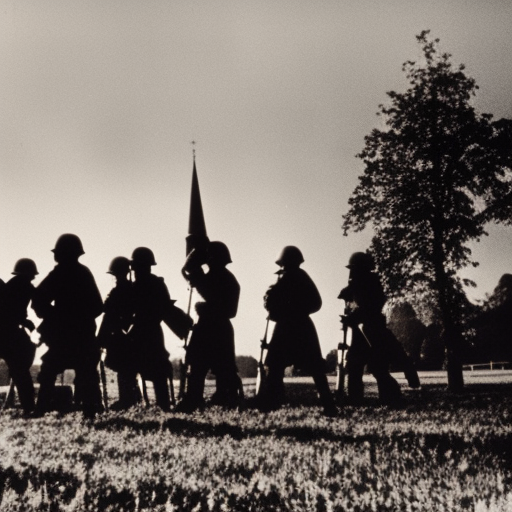Battle of Turnhout: Summary
The Battle of Turnhout was a significant military engagement that took place during the Eighty Years’ War on October 24, 1597. It was fought between the Spanish forces, led by General Francisco de Mendoza, and the Dutch Republic’s army, commanded by Maurice of Nassau. The battle resulted in a decisive victory for the Dutch, marking a turning point in the war and solidifying their position as a formidable force against the Spanish.
Background
The Eighty Years’ War was a conflict between the Spanish Habsburgs and the Dutch Republic, which sought to gain independence from Spanish rule. By the late 16th century, the war had been ongoing for several decades, with both sides experiencing victories and defeats. The Battle of Turnhout was a crucial moment in this protracted conflict.
Preparations
Maurice of Nassau, the Dutch Stadtholder and military strategist, devised a plan to confront the Spanish forces in the region of Turnhout, located in present-day Belgium. He aimed to disrupt Spanish supply lines and weaken their hold on the area. Maurice assembled a well-trained and disciplined army, consisting of both infantry and cavalry units, totaling around 7,000 men.
The Battle
On October 24, 1597, the Dutch army marched towards Turnhout and encountered the Spanish forces led by General Francisco de Mendoza. The battle began with a fierce exchange of artillery fire, followed by a series of infantry charges and cavalry maneuvers. The Dutch forces, utilizing their superior tactics and well-drilled formations, managed to break through the Spanish lines and gain the upper hand.
Dutch Victory
The Dutch army’s disciplined infantry, armed with muskets and pikes, proved highly effective against the Spanish tercios, which relied heavily on traditional pikemen formations. The Dutch cavalry, led by Maurice himself, executed several successful charges, further destabilizing the Spanish ranks. The Spanish forces, caught off guard by the Dutch assault, were unable to regroup and mount a counterattack.
Aftermath
The Battle of Turnhout resulted in a resounding victory for the Dutch Republic. The Spanish suffered heavy casualties, with over 2,000 soldiers killed or captured, including General Mendoza. The Dutch, on the other hand, lost only a few hundred men. The battle demonstrated the effectiveness of Maurice’s military reforms and tactics, solidifying his reputation as a skilled commander.
Significance
The Battle of Turnhout had significant implications for the Eighty Years’ War. It marked a turning point in the conflict, boosting Dutch morale and weakening Spanish control in the region. The Dutch Republic’s victory at Turnhout also highlighted the growing strength of their military and their ability to challenge the Spanish Empire. This success paved the way for further Dutch victories and ultimately contributed to the eventual recognition of Dutch independence in 1648.
In conclusion, the Battle of Turnhout was a pivotal event in the Eighty Years’ War. The Dutch Republic’s decisive victory over the Spanish forces showcased their military prowess and strategic capabilities. This battle not only boosted Dutch morale but also weakened Spanish control in the region, setting the stage for future Dutch successes in their quest for independence.












